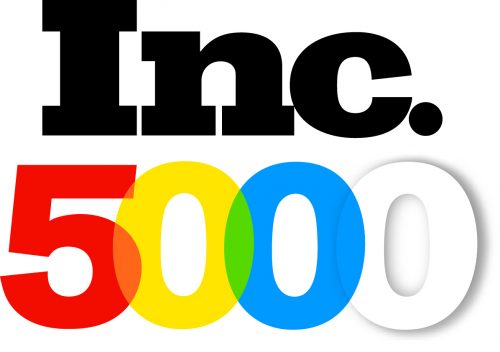Are you saddled with a high debt to income ratio? If so, this could hurt your financial future.
For one, high debt to income ratios can make you ineligible for loans or lines of credit with advantageous rates of interest. While accumulating debt is not good for your financial health, some types of debt can actually move you forward in life. Such as being able to apply for a mortgage.
According to research, 33% of mortgage loan denials in 2019 were due to high income to debt levels.
Besides stopping you from buying a home, a high debt to income ratio can also prevent you from taking out a personal loan or a line of credit when you really need to, or from buying a vehicle.
Because of this, it is always a good idea to keep tabs on your debt to income ratio and try to bring it down if it has risen to detrimental levels. Read on for the top tips on to get a good debt to income ratio.
What Is a Good Debt to Income Ratio?
First off, before we get into the tips for lowering your debt to income ratio—what is a good debt to income ratio?
Most authorities concur that debt to income ratios should be kept below 30%. This indicates to creditors that you have more than two-thirds of your income that is not allocated to debt payments. This means that if you take on a new debt, there is a good chance that you will be able to make the payments on it.
How a High Debt to Income Ratio Can Impact Your Credit
If your debt to income ratio is between 30% and 40%, you may still be able to secure loans and financing, however, your options might be reduced. 40% to 50% and you will probably end up having to settle for higher interest rates.
A debt to income ratio of above 50% is considered to be ‘bad’ and you will probably have difficulty taking out credit.
Different lenders have different criteria for their loans, so these numbers are not set in stone. For example, you may be eligible for a mortgage even if your debt to income ratio is over 50% if you are working with a lender that puts more weight on other lending criteria.
However, at the end of the day, a high DTI is usually detrimental to your ability to take out credit. Therefore it is always a good idea to reduce your debt to income ratio as much as possible.
Ways to Reduce a High Debt to Income Ratio
The first step to reducing your debt to income ratio is to understand how it is calculated.
The equation is simple: all of your income per month, divided by all of your debt minimum payments per month equals your debt to income ratio.
Therefore, to your reduce debt to income ratio you need to either reduce your debt minimum payments or increase your income. Let’s take a look in a little more detail.
Pay off Your Debt
To bring down a high debt to income ratio, one of the first steps one can take is to start paying off your debt. This means, instead of making the minimum monthly payments, you should aim to sink as much money as possible into any loans or lines of credit you have.
The more money you can pay in, the faster you will be able to clear debts, and the quicker your debt to income ratio will drop.
There are a couple of different techniques that people use to pay down their debt. You can either choose to pay the minimum on all of your debts except the smallest. The smallest one you then put any excess cash towards, aiming to pay over the minimum. This way you may be able to squash your smaller debts quickly and build up momentum.
The other method is to pay the minimum on all of your debts except for the largest. Then allocate as much money as you can to the largest debt each month so that you can work it off in a minimum amount of time.
Decrease Your Expenses
The next step to reducing your debt to income ratio is to decrease your expenses. By reducing your expenses, you will be able to put more money towards your debt payments.
The first thing you can do is create a budget. From there identify any areas of expenses that you can cut down on.
Increase Your Income
What if you can’t reduce your expenses, and you don’t have extra money to put towards your debt? In this case, you might want to look at increasing your income. While getting a raise might not be in the picture, you can look at sideline sources of income, such as taking out a second job, doing gig work, or buying and selling items online.
Look Into Consolidation Solutions
Lastly, one of the best tricks to lower one’s debt to income ratio is to look into consolidation solutions.
Debt consolidation consists of combining multiple debts into one. It is also known as refinancing. By consolidating your debt you will only have one monthly payment to make each month, which can be easier to budget for.
At the same time, depending on your credit score you may also able to secure a consolidation solution that offers lower rates of interest than what you are paying on average across your debts.
This means that you might be able to save substantially on interest fees and can then put this towards your debts.
Do You Need to Consolidate Your Debt?
If you have a high debt to income ratio, one of the simplest ways to start bringing it down is to see if you can get your debt consolidated, and through that, start saving on interest payments.
In combination with reducing your expenses, potentially increasing your income, and paying as much as you can towards your current debts, you should be able to get your debt to income ratio under control over time.
If you are looking for a reliable consolidation solution, one of the best places to start is with our online matching tool. Simply fill in your details, and you will be paired with tailored results from our network of vetted solution providers. We take the legwork out of finding the right consolidation solution.
If you have any questions, feel free to contact us and we will be happy to help.




